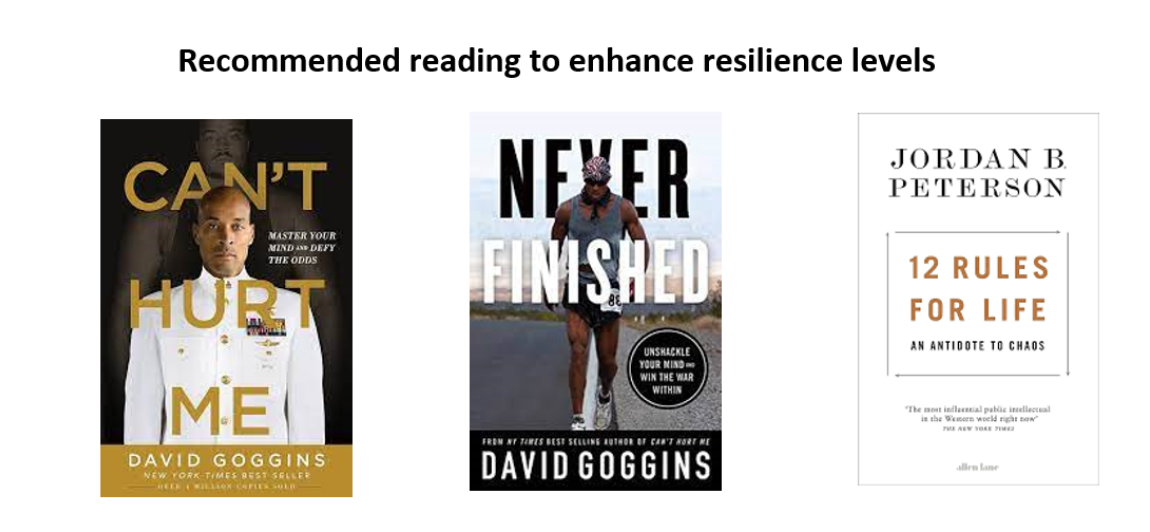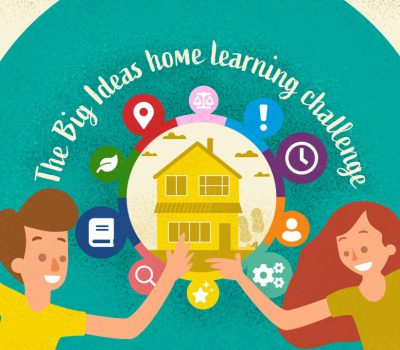

Resilience is not something that I was particularly familiar with until recent years. It is a concept that has its own plethora of research, with hundreds of resilience training and self-help books hitting the shelves this year. It is not the stress or adversity that we face that builds our resilience, but how we cope and react to these events in our life. As teachers, we are hyper-exposed to stress, anxiety and stories of adversity each and every day. Stress of our own, that of our colleagues and of the pupils we serve. Schools are a four-dimensional web of potential stress engagements, all day every day. The magnitude of the job and the need for high resilience is evidenced by the number of teachers on long-term, stress-related sick leave, or simply leaving the profession.
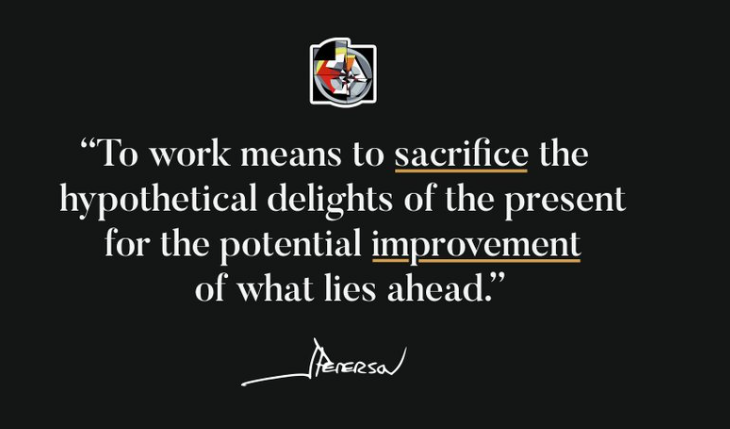
Earlier this term, I suffered a major panic attack at school. I was on my back, in the staff room surrounded by concerned staff. I was eventually picked up by my partner and taken home to recover. I toyed with the idea of staying off the following day (Friday). Adversity provides an opportunity to show what you’re made of. The following morning, I returned to school, anxious and feeling hungover (from the flood of negative emotions and hormones from the panic attack!), I was greeted by a year 7 boy, a smile and ‘Good morning, Sir, your haircut looks awful’ as I carried a semi-warm packet latte to my room. It was at that moment I knew I’d made the right decision to return to work, as the laugh I got from the cheeky comment justified my place as a teacher and a human being to this young man (detention incoming). I arrived at my room to be greeted by another year 7 pupil, this time a girl. She’s in tears.
‘What’s going on, are you ok?’, I ask, trying to be as warm as possible.
‘I’m starving, and I had a fight with my mum before school so I didn’t get any breakfast’, She said, precariously.
When she said fight, I thought she meant verbal argument…. She did not.
The brief interactions described above are a snapshot of the ever-changing social and emotional landscape of teaching, and it is certainly not the most severe case of adverse childhood experience I have encountered since my teaching career commenced. The below quote illustrates the expectation to promote resilience in our young people. Even in the toughest of circumstances.
“As a primary learning and social environment for most children, schools have a tremendous potential to, and responsibility for, promoting resilience and well-being in children.”
(Boniwell et.al, 2013)
But, how difficult is this becoming? With many colleagues suffering genuine burnout, stress, and fatigue. What is to be done? To understand this, we must first understand what resilience is, and how important it is not just to teachers, but everybody.
The following post aims to encourage teachers to reflect on their own resilience and how to become more resilient in the process both at school and at home. After all, we must MODEL desirable behaviour, and in the midst of a mental-health crisis across the profession and education itself being in turmoil, it seems resilience is our only option right now. Resilience is a well-researched concept. Initially, the term was used to describe how ecosystems were able to recover from natural disasters. The term has since adopted a more general definition which can be applied in varying contexts. The general definition within the literature is something like, ‘reacting proactively, to improve, when facing adversity’.
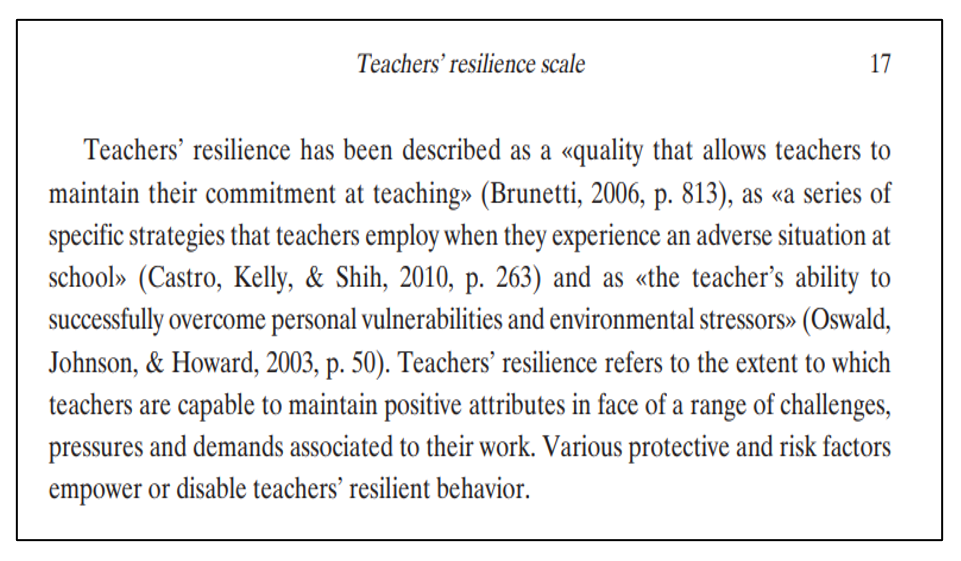
If you have heard the term “R.O.G.E.R that”, it is probably associated with a Vietnam War film, or playing Army sergeants with your friends as a child. Running around the garden with a helmet on and pretend walkie-talkie, not a care in the world! Last year, the meaning of ‘R.O.G.E.R that’ changed for me. I was reading “Never Finished – Unshackle Your Mind and Win the War Within” by David Goggins (recommended) when I discovered:
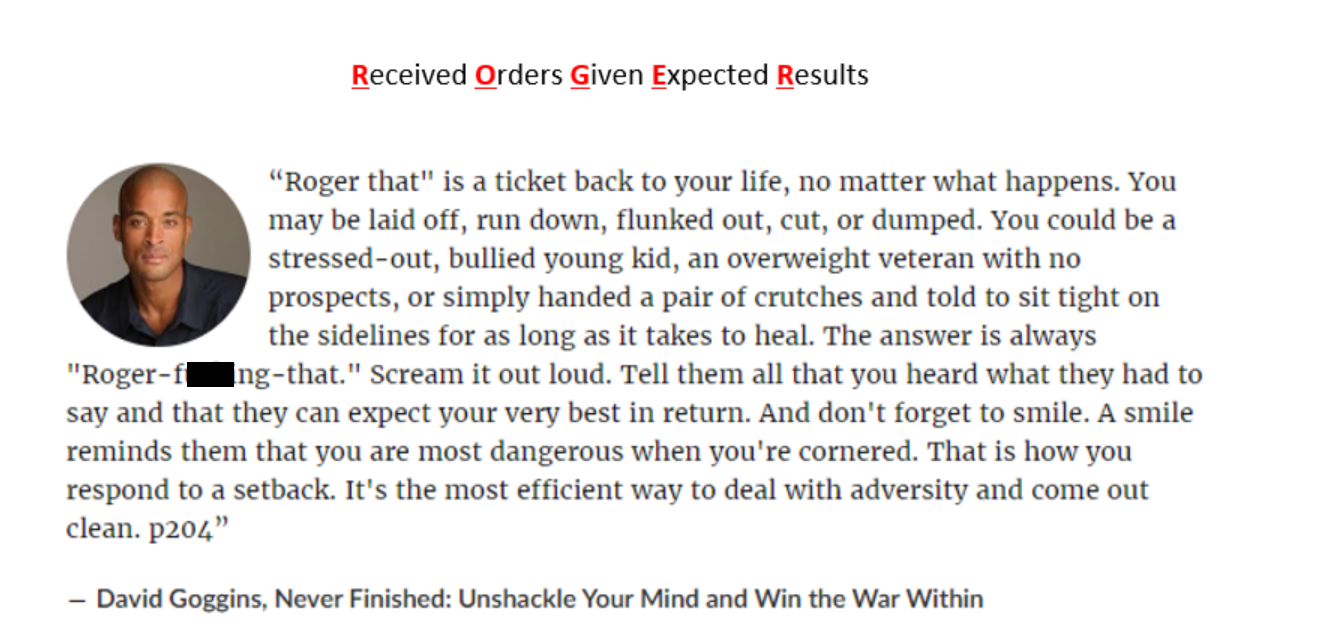
Keep going I hear you say… R.O.G.E.R. that.
There are teachers I know, who are some of the most well-put-together and resilient people I’ve ever met. But even these people can be pushed to their limits by the intensity of the job we do. This tends to be illustrated by common phrases we’ve probably heard in our corridors or in the staffroom. “I’m done!”, “These kids are wild today, I’ve had enough”, “This is too much, I can’t find the time to do anything” and so on… It is important to reflect here.
Some common challenges that we face as teachers can include:
Our pupils are socially developing every waking moment. As a result, a lot of them are testing how others respond to their behaviour and don’t truly understand the impact of their behaviour. Generally, pupils don’t believe that teachers exist outside of school… We have no life.
Where should our priorities lie? Behaviour management, assessment, PP or SEN pupils, live marking, whiteboards, literacy learning, getting data in, using the data, planning actual lessons, marking books and giving meaningful feedback, calling home for the pupil who kept swearing, calling home for the pupil who was excellent in lesson, calling your own home as you’ve left your lunch in the fridge…! All of these priorities are of vital importance, but where to start!! This also compromises our belief systems. We have the tug of war between our personal beliefs and professional practices that are used. The important thing here is to tell the truth, to yourself and others.
It is a common theme in teaching that we’re ‘never finished’ and that we have an infinite to-do list that is getting longer at an ever-increasing rate! This can result in us often feeling like we shouldn’t be in the profession, like we’re not good enough, which can also be de-motivating and as such, impact our pupils. It is for this reason; that many teachers leave the profession. Here, we have the option to seek help, which can be difficult in the school setting. It is at this point we must find more within. The external provides our perfect comfortable excuse, there is nobody to help me. You must dig deep, and find more until you can accept there is absolutely nothing else you can do. No stone unturned. That’s when we can look in the mirror, it will talk back.
It is difficult to comprehend the level of responsibility that teachers have for their pupils. In ‘loco parentis’ is a term we may be familiar with, meaning “in place of parent”. The contrasting interactions mentioned earlier show the varying levels of challenges each and every pupil faces. As teachers, it can feel like we are expected to work pupils into the ground, squeezing as much out of the ‘learning time’ as humanly possible. The argument here can be this promotes resilience, as pupils are exposed to difficulty and therefore an opportunity to ‘fail and prevail’ is presented. Managing this as a secondary teacher responsible for 400+ pupils can be the biggest challenge we face.
The endless access we have to information can make us feel overwhelmed (ironic, I know as I present yet more information!). We constantly have options in front of us in contemporary society, as well as lots of advice and information regarding how to live our lives. It can all seem a bit much. This is when we need to look at ourselves and reflect on what we have done, and what we could still do to overcome whatever challenges we are facing. This provides us with the perfect opportunity to work on our resilience levels. Block out anything external that can influence our thinking about the task at hand. The external allows us to create excuses and muddy the water in the stream of progress we crave.
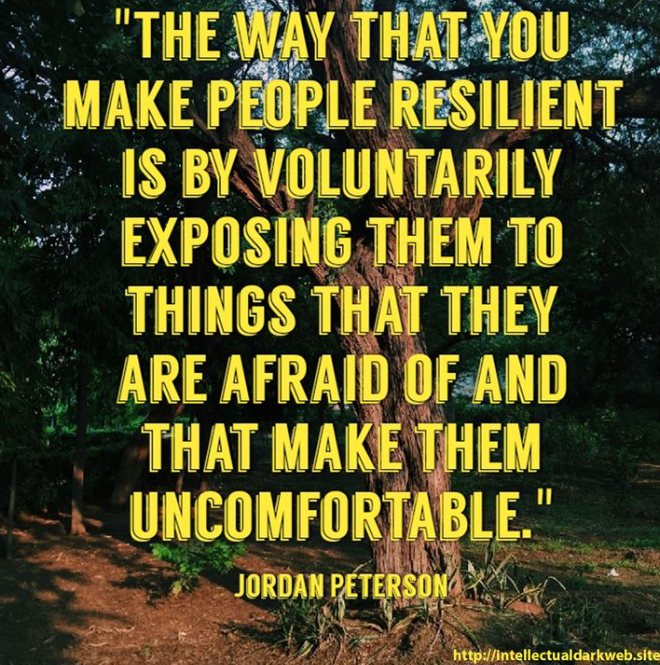
Characteristics of resilience
The Conner & Davidson Resilience Scale is a resilience measuring tool developed by researchers Kathryn M. Conner and Jonathan R.T. Davidson. The Connor-Davidson Resilience Scale (CD-RISC) measures various aspects of resilience. The scale is designed to assess an individual’s ability to cope with stress, adapt to change, and bounce back from adversity. The aspects of resilience measured by CD-RISC include:
These dimensions collectively provide a comprehensive view of an individual’s resilience across different domains. The CD-RISC is widely used in both research and clinical settings to understand and measure resilience in individuals across various populations and cultures. I believe with these measures in mind, we can start to work on resilience consciously in a profession that requires resilient characters.
It is the conscious effort to recognise our adversity, or negative experiences and how we react to them that will help us strategize our journey to a more resilient state of being and take back our mind. When life smacks you across the face and tells you to f**k off and get on the floor, ROGER THAT. How many press-ups should I do when I’m down here..?
